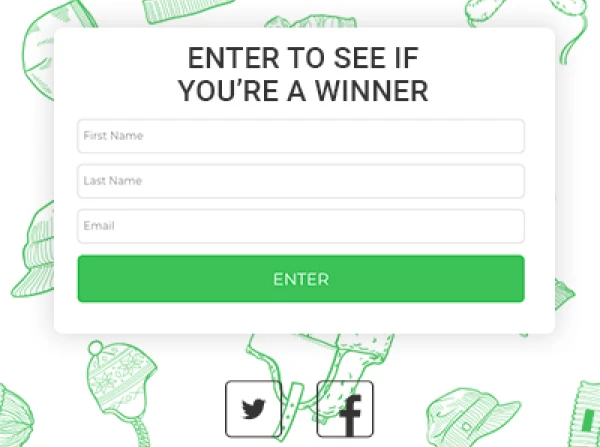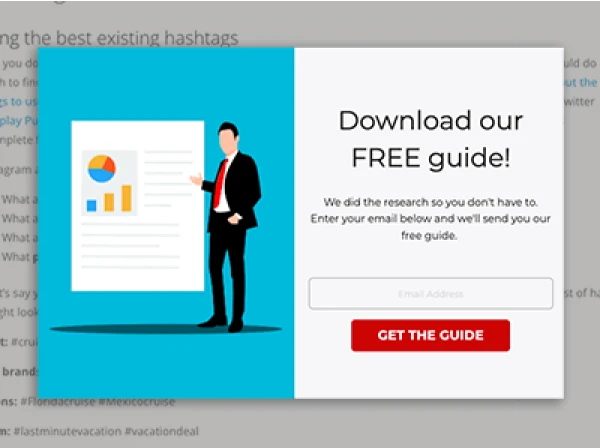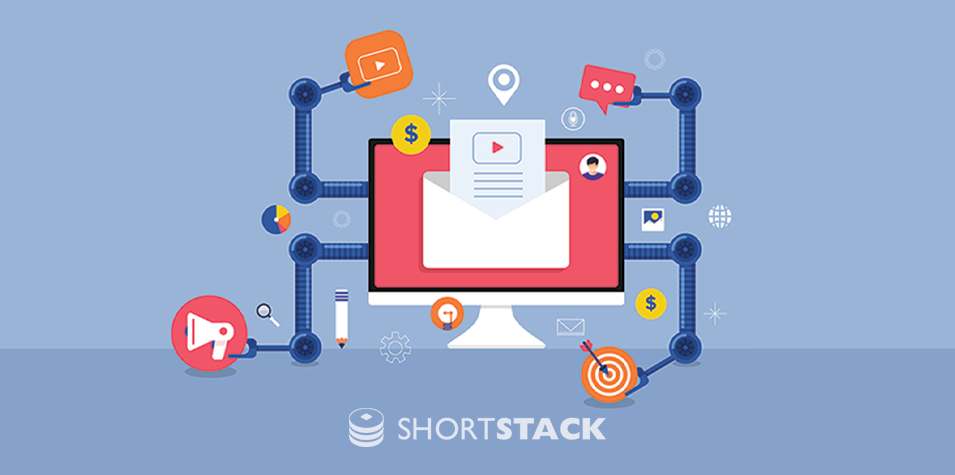Measuring the total return on investment of a business's Facebook efforts--including contests and other promotions--with any sort of accuracy is tricky. There are lots of variables to consider and many of them are difficult to track.
Here's an example: It's around lunchtime and you spot a post promoting a new all-you-can-eat sushi place. You ask one of your workmates if she wants to go check it out with you. She says, "Hai!" and off you go, ultimately spending $17.95 each on Caterpillar rolls and green tea. Of course, you didn't bother to Like the restaurant's Facebook post, or leave a comment about how you were on your way, so the post didn't get any engagement from you. But nonetheless, the restaurant's effort effectively brought in $35. The point is, unless the owner of the restaurant asks every customer who walks in the door what brought them there's really no way of tracking the restaurant's exact return on its Facebook efforts. This is because once a user's social media experiences turn into word of mouth, it becomes extremely difficult to track.
So the question becomes: How can a business optimize tracking and quickly discover which efforts are paying off the most? The answer is to use each month as an opportunity to test a new Facebook tactic. One month you could host a sweepstakes or a giveaway; the next month you could host a campaign with the goal being to build an email list. By testing and tracking the performance of different types of promotional tactics, a business is able to pinpoint its most valuable Facebook efforts.Here are four things you can do to measure the results of your Facebook efforts.
1. Prepare a spreadsheet
Before you test your first Facebook tactic, create either an Excel or Google spreadsheet and record the following:
- Date
- Total number of page Likes
- Average number of Timeline visits (find this metric in the Visits tab of Insights)
- Average number of organic Likes (find this metric in the Likes tab of Insights)
- Average number of unlikes (find this metric in the Likes tab of Insights)
- Average number of paid Likes (find this metric in the Likes tab of Insights)
By taking note of these six metrics, you'll have a good idea later of how your Facebook tactics affect your brand's average Timeline performance.
2. Use tracking links
Facebook Insights provides you with a variety of metrics -- i.e., Likes, Shares, and "People engaged." To discover deeper, more valuable metrics, you'll need to use some tools. Here are a few my team has found useful:
- Facebook Conversion Pixels: If you're using Facebook ads to promote your tactics, create a conversion pixel within Facebook's Ads Manager or Power Editor. Doing this will allow you to measure the return on investment of your ads.
- Urchin Tracking Module (UTM) Parameters in Google Analytics: To identify which of your marketing efforts are most effective at promoting your Facebook tactics, use UTM parameters. These parameters are custom tags added to the end of a URL -- this creates a unique URL for you to share. When you promote your Facebook tactic (contest, promotion, etc.) using a Facebook post, tweet and/or email blast, use a unique URL for each effort. In Google Analytics you will then be able to identify which types of posts and/or promotional content are best at driving traffic (clicks) to the Facebook promotion you're testing.
- Improvely: Improvely is an easier-to-use, more comprehensive Google Analytics. With Improvely, it's simple to create unique tracking links and trace where the revenue and conversions of your Facebook efforts are coming from.
3. Measure the results
After each of your month-long Facebook efforts is complete, revisit the spreadsheet you created. Add the following columns to it and then record the month's results:
- Total number of entries and/or leads gathered
- Total cost of promotion (Include Facebook ad spend, cost of prize, and other costs related to building and/or promoting your promotion)
- Total number of sales/conversions
- Sales/conversion value, i.e., your monetary gains
- Type and amount of user-generated content collected
- Other notes/comments about promotion
Note: Fill in a column with NA if it does not apply to a specific promotion
4. Evaluate and do an A/B test with another type of contest or promotion
Once you've recorded the results of your first few Facebook tactics, reflect on what's working and what's not. Keep in mind, the same formula for success is not going to be the same for every business so it's important to keep testing and learning. Not sure what types of Facebook tactics to test? Here are some ideas:
- Host a photo-vote contest
- Offer an exclusive coupon or discount code
- Share a free downloadable resource with people who opt-in to your email list
- Give users the chance to win a prize from your brand when they complete a survey
Yes, it's impossible to track one-hundred percent of the ROI of a brand's Facebook efforts. But by committing to tracking and testing different Facebook tactics on a consistent basis you can gain a clearer understanding of how your Facebook efforts are paying off so you can do more of what works and less of what doesn't.
About the author
Dana Sullivan Kilroy is a communications professional with more than 20 years of experience delivering compelling content. Her work has appeared in national, award-winning publications and sites, including: The New York Times, The Los Angeles Times, The Wall Street Journal, USA Today, and Fast Company, Inc.
Recent posts
Go back to blogGet marketing tips straight to your inbox
Launch an irresistible giveaway. Get started for free.
Join 630.000+ marketers that are boosting engagement and sales.













